|
In 1714
the English Parliament offered a £20,000 prize for a time keeper that
was accurate to half a degree. The story of the development of the
marine chronometer by John Harrison is told by Dava Sobel in
Longitude (Walker and Co., 1995). Over a period of twenty-six
years Harrison built four clocks.
Harrison's Number 1 is pictured on the stamp from
Ascension.
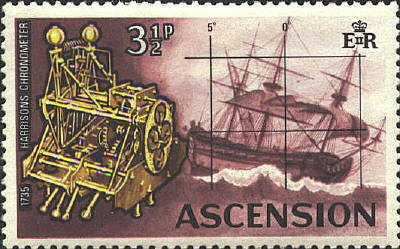
In 1765
the sea trials of Number 4 produced an error of less than one tenth of
a second per day. The British stamps show various views of the
works of Harrison's Number 4.
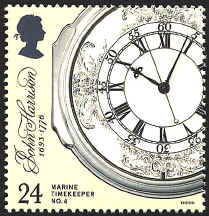
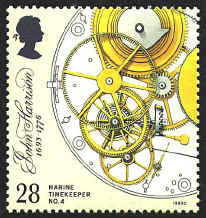
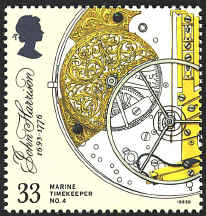
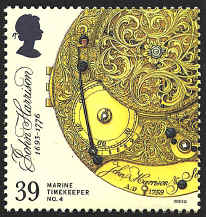
Now the
longitude could be determined with an error of less than a tenth of a
mile at the equator.


 |
